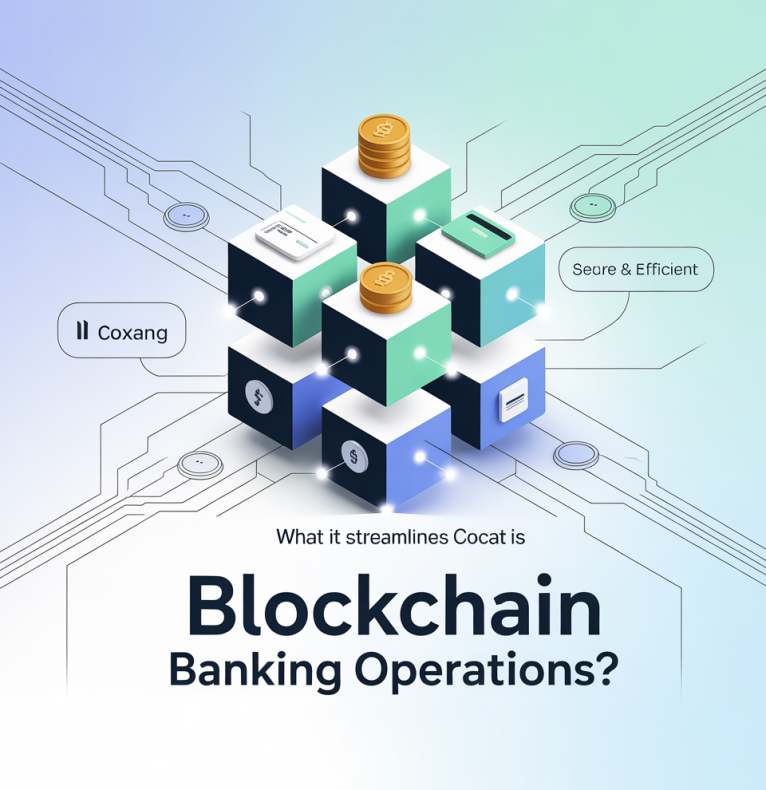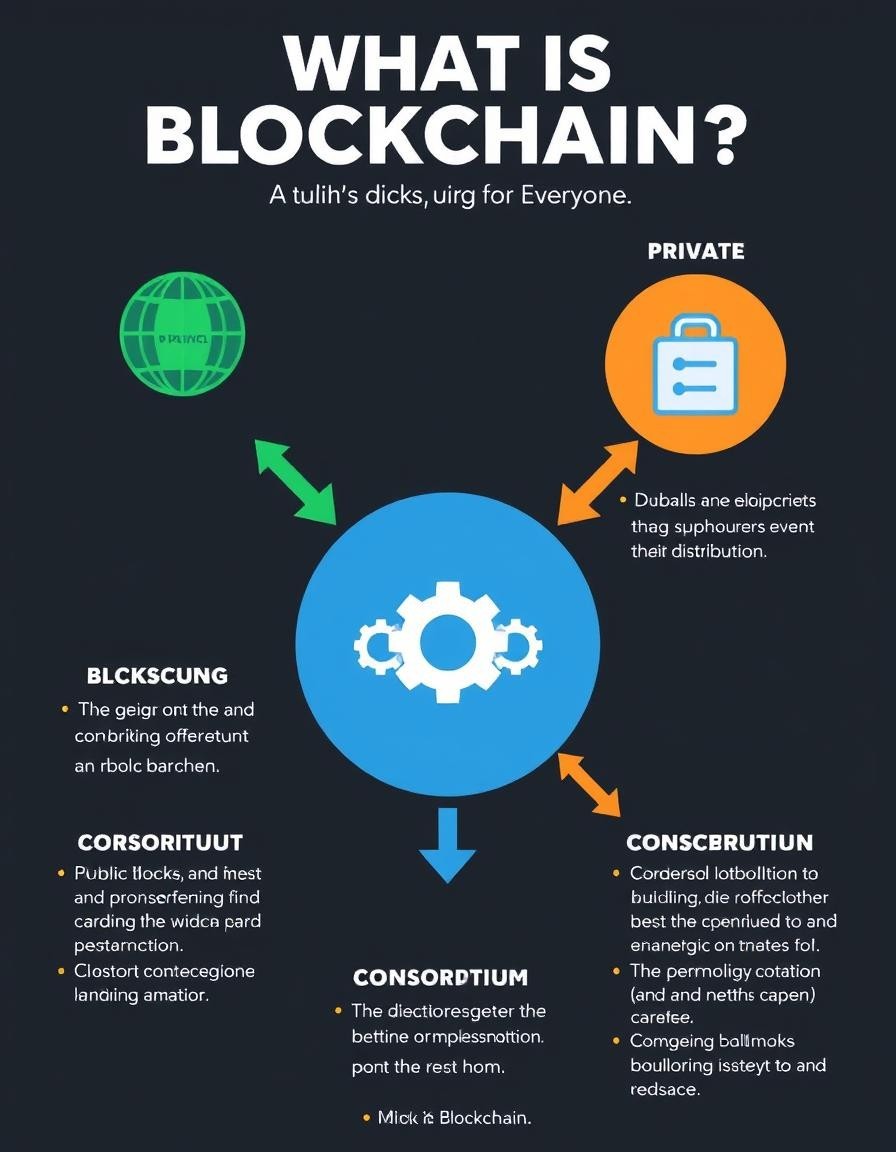🏦 What Is Blockchain and How It Streamlines Banking Operations #BlockchainBankingRevolution #FutureOfFinanceWithBlockchain #StreamlineBankingNow #BankingOnChain #SecureBankingFuture
🏦 What Is Blockchain and How It Streamlines Banking Operations

In an era of digital transformation, the banking industry is rapidly evolving. One technology that’s at the forefront of this revolution is blockchain. While it was originally designed to support cryptocurrencies like Bitcoin, blockchain has proven to be a powerful tool in streamlining banking operations, making them more efficient, transparent, and secure.
🔗 What is Blockchain?

At its core, blockchain is a shared online ledger. Unlike regular databases run by one main authority, blockchain spreads its information across many computers (called nodes). Each time a transaction happens, it gets saved in a “block.” After being checked, this block joins a chain of past transactions—making a chain of blocks, or a blockchain.
Key features include:
Decentralization: No single institution owns the ledger.
Transparency: All participants can view the same version of records.
Security: Encrypted and verified by consensus mechanisms.
Immutability: Once recorded, transactions can’t be altere.
💡 How Blockchain Streamlines Banking Operations?

Here’s how blockchain is reshaping the financial world: 1. Faster Transactions In traditional banking, especially cross-border payments, transactions can take 3–5 business days due to multiple intermediaries. With blockchain, settlements can happen within minutes, even globally. That’s because blockchain operates 24/7 and doesn’t rely on central clearinghouses. 2. Lower Costs Banks spend a lot on third-party verifications, compliance, and transaction fees. Blockchain eliminates intermediaries, reducing costs and speeding up workflows. Smart contracts—self-executing codes embedded on the blockchain—automate processes like loan disbursements and insurance claims. 3. Enhanced Security Each transaction on the blockchain is encrypted and linked to the previous one, making it nearly impossible to alter past data without consensus. This makes fraud, data breaches, and unauthorized changes extremely difficult. 4. Improved Transparency & Compliance Regulatory reporting becomes easier with blockchain. Since all records are time-stamped and tamper-proof, it simplifies audits and enables real-time monitoring of transactions for compliance with KYC (Know Your Customer) and AML (Anti-Money Laundering) rules. 5. Efficient Record-Keeping Banks deal with vast amounts of data. Blockchain creates a single source of truth—one reliable version of records shared across the network. This reduces duplication, simplifies reconciliation, and ensures better customer experiences

Comments
Post a Comment